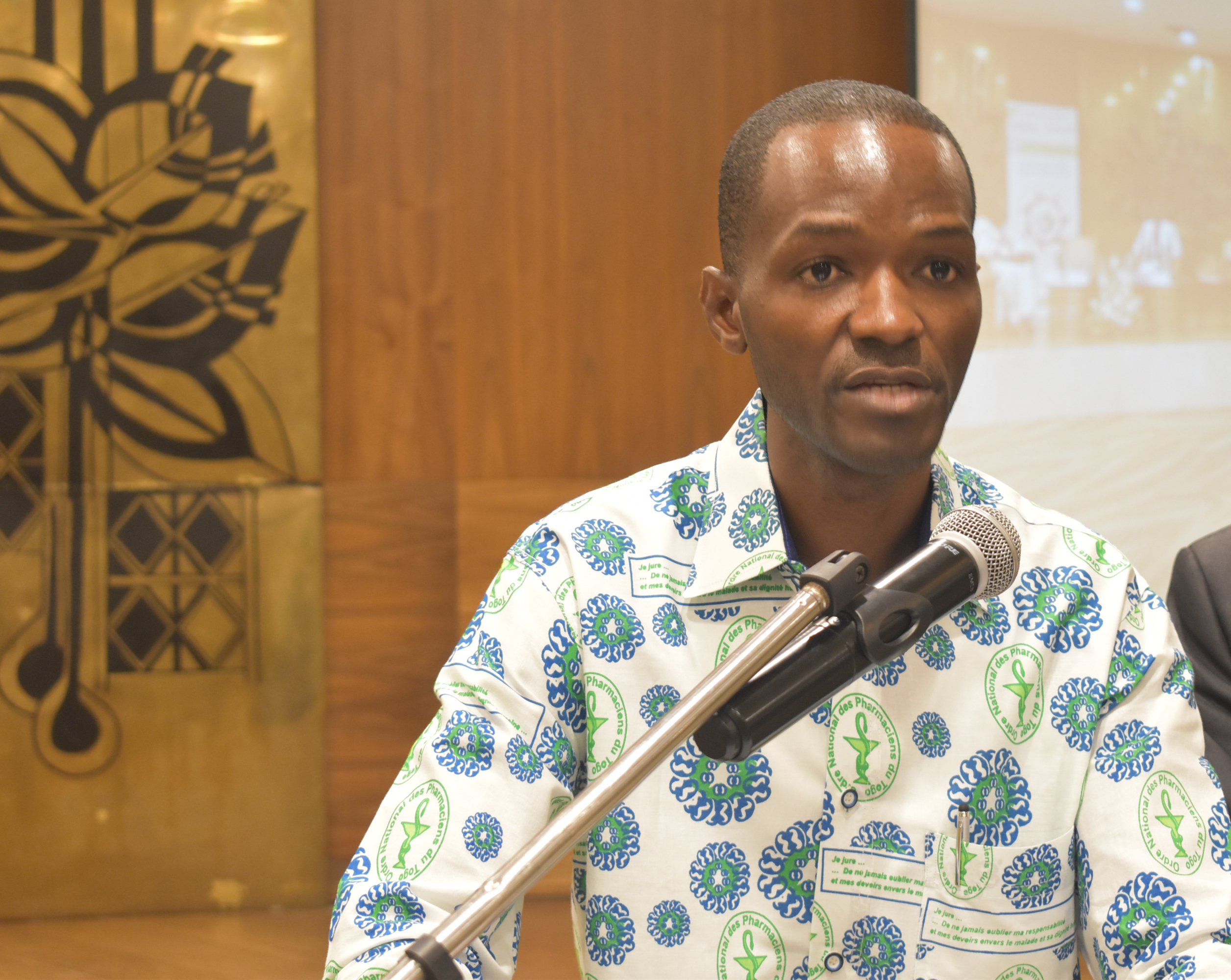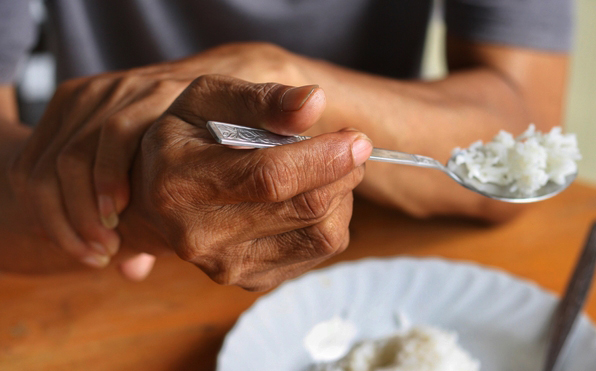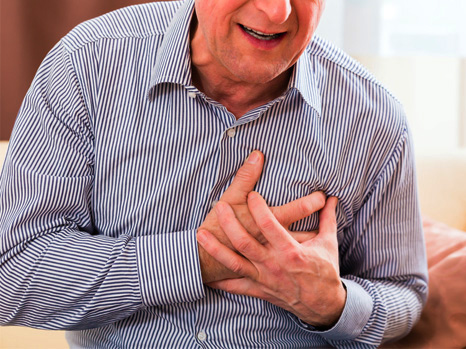What is the role of the pharmacist in patients with high blood pressure? Answers from Dr Tufa Nyasenu, Chairman of the NPPO Board
- Posted on 20/03/2023 13:03
- Film
- By abelozih@sante-education.tg

Extract from the article: High blood pressure (HBP) is an almost unavoidable health problem once you reach a certain age. High blood pressure is a condition that can be lived with without too much difficulty when it is under control. The role of the pharmacist is therefore to
High
blood pressure (HBP) is an almost unavoidable health problem once you reach a
certain age. High blood pressure is a condition that can be lived with without
too much difficulty when it is under control. The role of the pharmacist is
therefore to accompany his patients with hypertension day after day.
Prevention
When
he meets his patients in the pharmacy, the pharmacist can raise awareness and
prevent hypertension. Indeed, this pathology can be delayed thanks to a healthy
lifestyle: diet rich in fruits and vegetables and low in fat and salt, regular
physical activity). The onset of this condition does not cause any particular
symptoms in patients, except for a few localised headaches, fatigue or
insomnia. Therefore, it is necessary to have regular blood pressure checks
during visits to health professionals.
Therapeutic
education for patients with hypertension
In
order to confirm a diagnosis of hypertension, it is common for the doctor to
ask the patient to take several blood pressure readings at home using a blood
pressure monitor purchased from a pharmacy. The "white coat effect":
the medical environment can unconsciously create stress in patients. Relying
solely on an office or pharmacy blood pressure measurement means taking the
risk that the measurements do not reflect the patient's normal blood pressure
level.
The
pharmacist should train the patient in the correct use of the device and
re-explain if necessary how to measure blood pressure at home, according to the
"3" rule, i.e.: 3 times in the morning at the beginning of breakfast
before taking any medication, 3 times in the evening before going to bed with a
2 minute interval between each measurement, and in 3 consecutive days. Write
down the results in a small notebook and present it to the doctor.
How
to measure your blood pressure on your own?
There
are some simple rules for measuring your blood pressure by yourself:
Before
:
Do not take your medication before the measurement and do not smoke or drink
coffee in the hour before the assessment. Always take the measurement at the
same time, in a quiet place and after 5 minutes of rest.
During
:
Sit with your elbow on a support. The cuff or cuff of the monitor should be at
heart level. Do not move or talk while the device is measuring.
Afterwards:
Wait 1 to 2 minutes between measurements, then write down the numbers on a
piece of paper.
Delivering
blood pressure treatment
Many
patients need to take medication to bring their blood pressure below 140/90
mmHg. They therefore have to go regularly to the pharmacy to collect their
blood pressure medication. This is an opportunity for the pharmacist to get the
patient to adhere to the treatment and to check that the patient has understood
the importance of taking the medication regularly. Antihypertensive or
hypotensive drugs do not cure this vascular pathology, but restore a blood
pressure level that is more appropriate for the body.
Each
time the treatment is renewed, the pharmacist should check compliance and even
propose a therapeutic interview. Similarly, a patient with hypertension who is
on medication may be on another temporary treatment. The dispensing of
prescription drugs after pharmaceutical validation, adherence and compliance,
counselling and therapeutic education are pharmaceutical acts. The role of the
pharmacist is fundamental and his missions are varied.
Interview
by William O.




